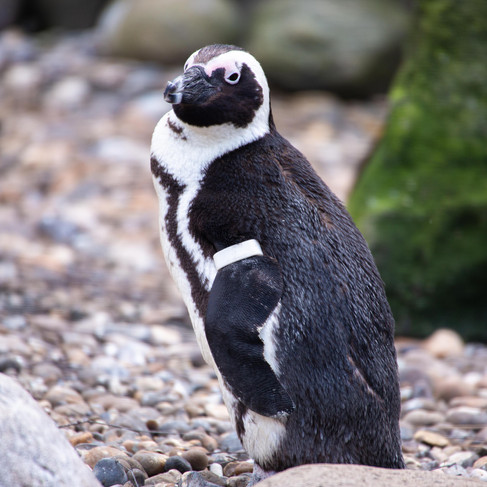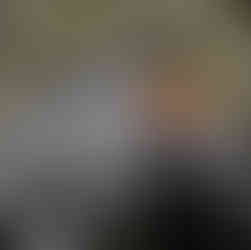Photo Tips for Zoos - Part 1
- dougieaustinfilms
- Apr 4, 2022
- 3 min read
If you've ever been to the zoo, saw a perfect moment and wish you had a photo of it, I know how you feel...
...but there are a few things we can do so we visit the zoo and come out with some fab photos.
I have been very lucky over the years to work with several zoos and it's great to now be at a stage where I can reflect on times in zoos and talk about what I've learnt. It's good to remember that we're always learning and growing with our camera skills and there's always something new to try out.
As part of a series of posts, this one is all from a day at Bristol Zoo Gardens which I highly recommend you visit whilst you still can. So what should we think about in zoos?

Patience
I know, I know, simple right? But you would be surprised how many times you believe you've waited long enough and just at the last second, the perfect shot happens and you're unprepared. Patience is very much a virtue with photographing/filming animals.
When you next go to the zoo and stand by an enclosure, be ready to wait a five or ten minutes. You can usually gauge within a few minutes whether you're about to witness a behaviour or about an hour of sleeping and sunbathing... and big cats do a lot of it!

Be adaptable
One of the reasons I still use my 'go to' lens is just because it's so flexible with how unpredictable animals can be. Animals can often have known behaviours and routines it doesn't mean they'll stay at a perfect range for you.
I've also often been witness to a good old friend of mine who would slowly crouch down low or ache to get a certain angle but it's totally worth it. It pays to be flexible and adaptable to photograph animals in a way that best shows their species, behaviour and character.
Try photographing the animal on their level. See what it's like to see the world from their perspective. Adapt to get angles that avoid bits in the way where possible and predict possible behaviour changes, e.g. the gibbon is about the swing, lion about to roar or penguin about to dive.
Think Lens Range
Most photographers I know will either have a pricey fixed aperture or focal length telephoto lens or something a bit more varied. What lens you use, really depends on what you want to do and the budget you have.
Typically to photograph animals well, you need a telephoto lens. Preferably one that is between 200-500mm. Why? Because it gives you the range you need when you'll most likely be far away from your subject.
Distance between you, your subject and it's background will also set you up for a great winning image.

But what about animals you can see up close? Meerkats, insects, lorikeets.
That's where it good to have different options like I've written about previously photographing trees and ship! This is where it's great to have a lens capable of anywhere between 14 - 100mm to capture as much of an animal that's close to you as possible.
Have I given you food for thought towards your next zoo trip? Let me know how you get on and stay tuned for my next zoo post.
Next time... Composition, Camera Settings and more.
More about Bristol Zoo
Now I've barely touched the surface on the animals at Bristol Zoo Gardens but I've always wanted to go and with the Clifton site closing in late 2022, I just had to take my chance.
The zoo opened in 1836 and is the world's 5th oldest zoo. It's home to gorillas, red pandas, ring-tailed lemurs, giant tortoises and so much more. One of the most iconic things about the zoo is it's history, it's transparent relationship with it's zoological past and it's just a beautiful place to visit.
So if you ever wanted to go, make sure to stop by this Summer. Don't worry though, a new Bristol Zoo is set to be developed at the Society's Wild Place Project not far from Bristol. And the existing site will be free to access gardens. You can read more about the change here.
Find out more about the zoo here.

















Comments